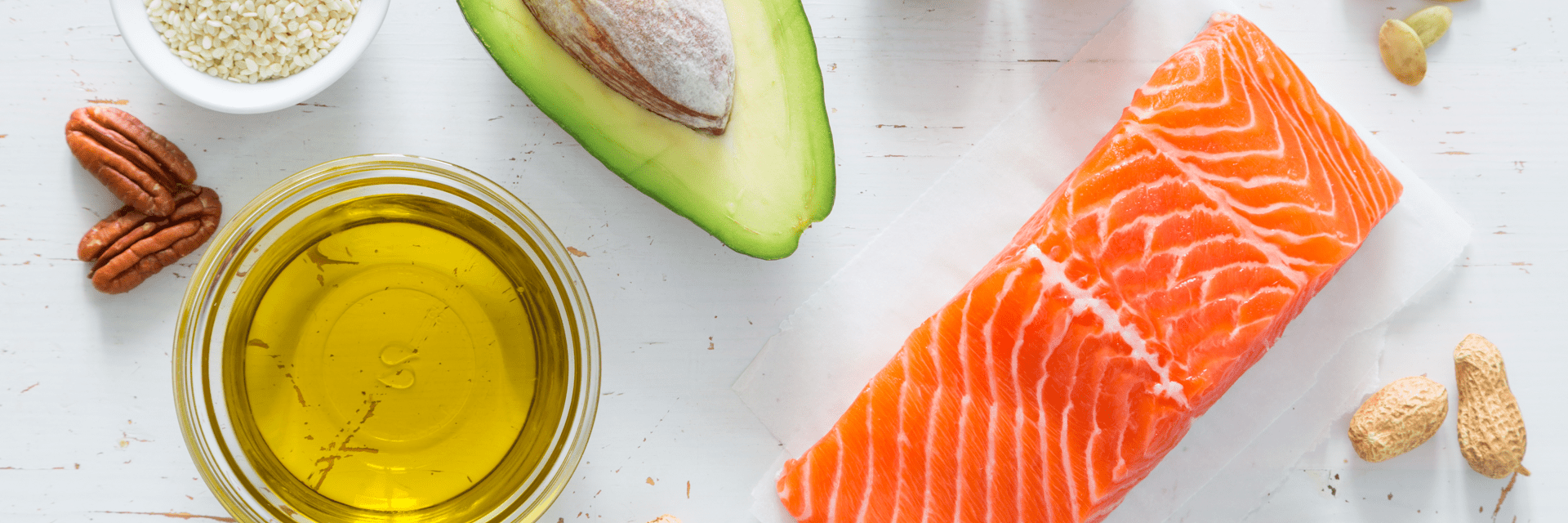What’s the difference between blood cholesterol and dietary cholesterol?
To put it simply, dietary cholesterol is the cholesterol in the food you eat. It’s there because (much like us) animals’ bodies produce cholesterol for a number of useful jobs, such as building cell walls. That’s why egg yolks contain it: chicks need cholesterol to grow.
Blood cholesterol, on the other hand, is (you guessed it) the cholesterol in your bloodstream. When your doctor gives you a cholesterol test, they’re checking your blood cholesterol levels. Your total cholesterol level needs to be below a certain point (click here for the recommendations on normal blood cholesterol levels), as too much cholesterol in the blood is a risk factor for heart disease.
Understanding cholesterol: Why dietary cholesterol isn’t the enemy
One of the key facts about cholesterol is that dietary cholesterol isn’t the main thing that impacts blood cholesterol levels: that advice is outdated. It’s actually saturated fat.
Eating too much saturated fat can increase your blood cholesterol levels, while replacing these fats with unsaturated fats in your diet can bring it down over time. On average, Brits eat 20% more saturated fat than they should, the recommended intake being less than 30g for men, and less than 20g for a woman.
So: foods that contain dietary cholesterol, but very little saturated fat, might actually be alright in a cholesterol lowering diet. Eggs and shellfish can go back on the menu. The only exception is for people with a genetic condition called familial hypercholesterolemia, who can benefit from limiting dietary cholesterol.
What to do if your blood cholesterol levels are high
First things first, if you have high cholesterol, it’s important to talk to a healthcare professional about what to do. In some cases, cholesterol-lowering medications, such as statins, are suggested. However, whether you’re taking statins or not, you can lower your cholesterol further by making simple changes to your diet. So, what does that involve?
Cutting down on foods that contain a lot of saturated fat, such as fatty red meat and meat products, full fat dairy, and baked goods, is a good first step. Then you’ll have room in your diet for foods with more unsaturated fats, such as in oily fish, vegetable and olive oils, spreads, nuts, and seeds. Making these fat swaps can really help lower blood cholesterol levels, but you’ll also need to make sure your diet is healthy overall.
To lower cholesterol by up to 10% in three weeks, you can also try Flora ProActiv’s range of spreads and mini drinks, all with added plant sterols*. They’re an easy, tasty way to add a little cholesterol-lowering magic to your daily meals.
Where to get more information on cholesterol
While it can seem an intimidating mission, there are lots of places to get more help and support with reducing your cholesterol levels. A great place to start is our free Cholesterol Lowering Starter Kit. Download it today, and discover easy changes you can make.

